I have recently taken interest in laser diodes, and I would like to drive one of them (NUBM08) without destroying it. Looking over the internet I learned there are many devices one can build to do this, one of which is called "linear regulator". Most times, the current regulator people use for these types of endeavors is one based on the LM317 voltage regulator. However, the datasheet of the NUBM08 states that its operating current is around 3A, with an operating voltage between 3.6 and 4.8V.
Now, the LM317 can't be used with more than 1.5A, so I thought I may simply substitute it with a higher rated LM338 which supports up to 5A.
The schematic I had in mind was this one I found online: 
With the LM317 swapped for the LM338. However I'm not sure of a few things:
- If I want 3A on the diode, my "feedback resistor" (indicated as R1) should dissipate a power of 1.25V*3A=3.75W... do I really need such a high power rated resistor or is my logic incorrect? Also, the resistor should be 1.25V/3A≈0.4Ω... does that make sense? Could I use many resistors in series instead so that the voltage drop on each of them is smaller (and so smaller power dissipation)?
- If I wanted to gradually adjust the current up to a max of 3A, my understanding is that I could add a potentiometer in series with R1 so that I can rotate the knob and gradually let the potentiometer's resistance go to zero, and then I can increase the current up to the max that R1 limits... But does this mean that also my potentiometer needs to be rated for at least 3.75W?
- How do I make sure that the operating voltage of the diode stays within limits? I understand that I am fixing the current to be constant at 3A, but then I don't understand what will happen to the voltage, how do I make sure it doesn't exceed the 4.8V? I'm very confused about this point...
I apologize for the huge post but thank you do much to anyone who'll help me!



